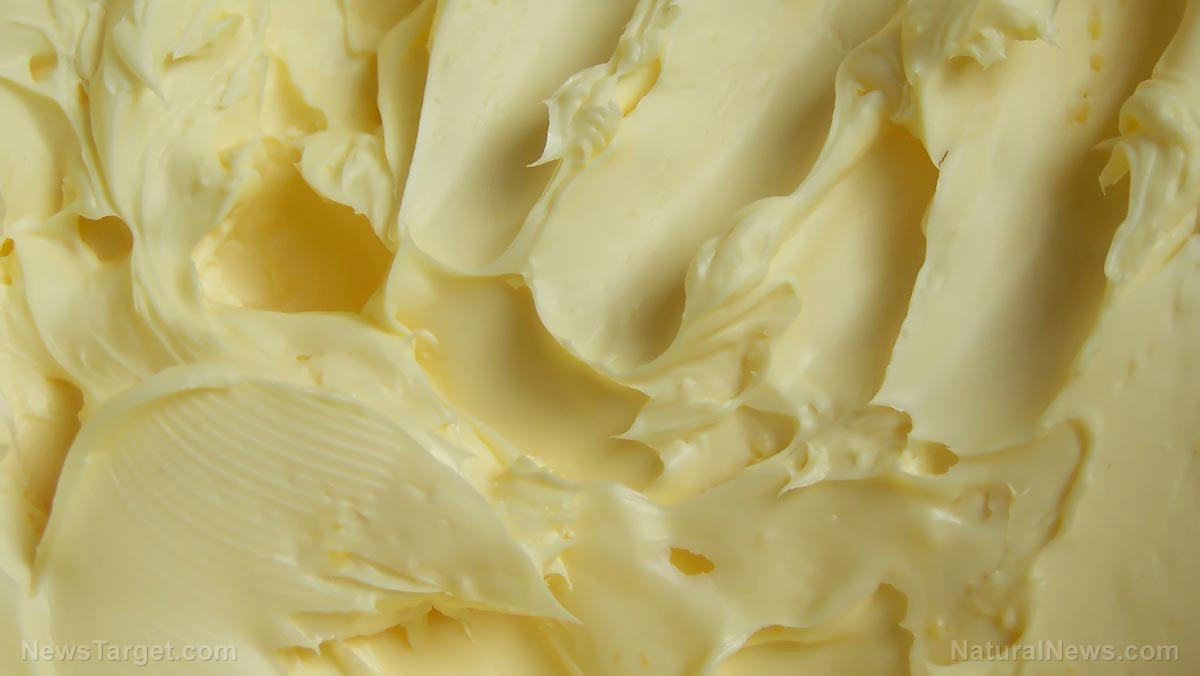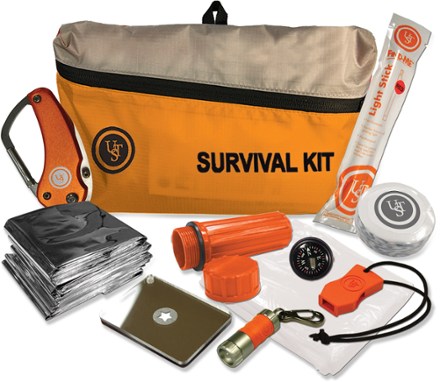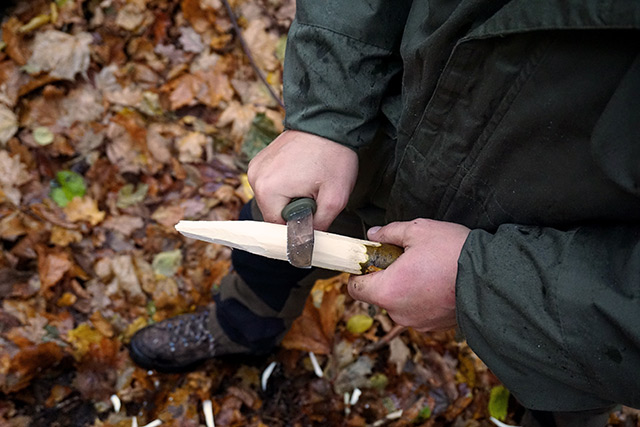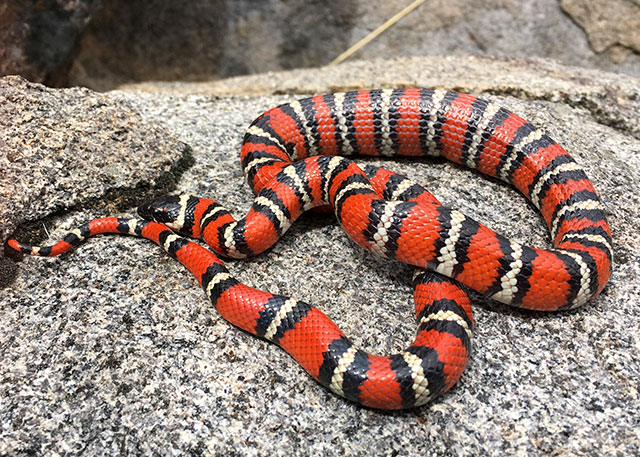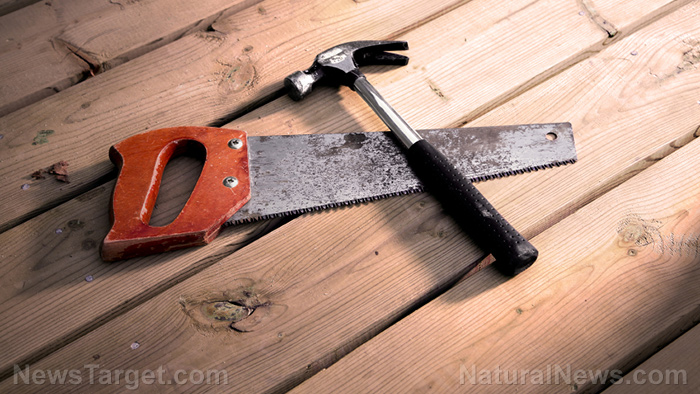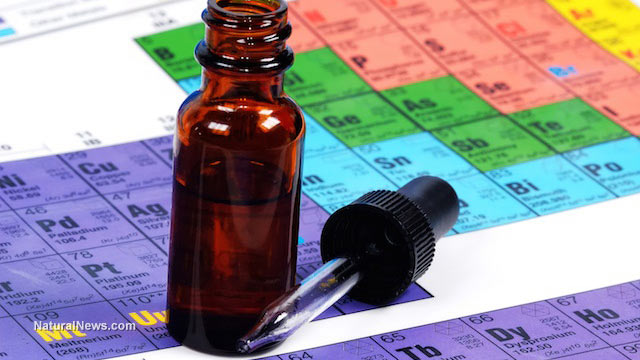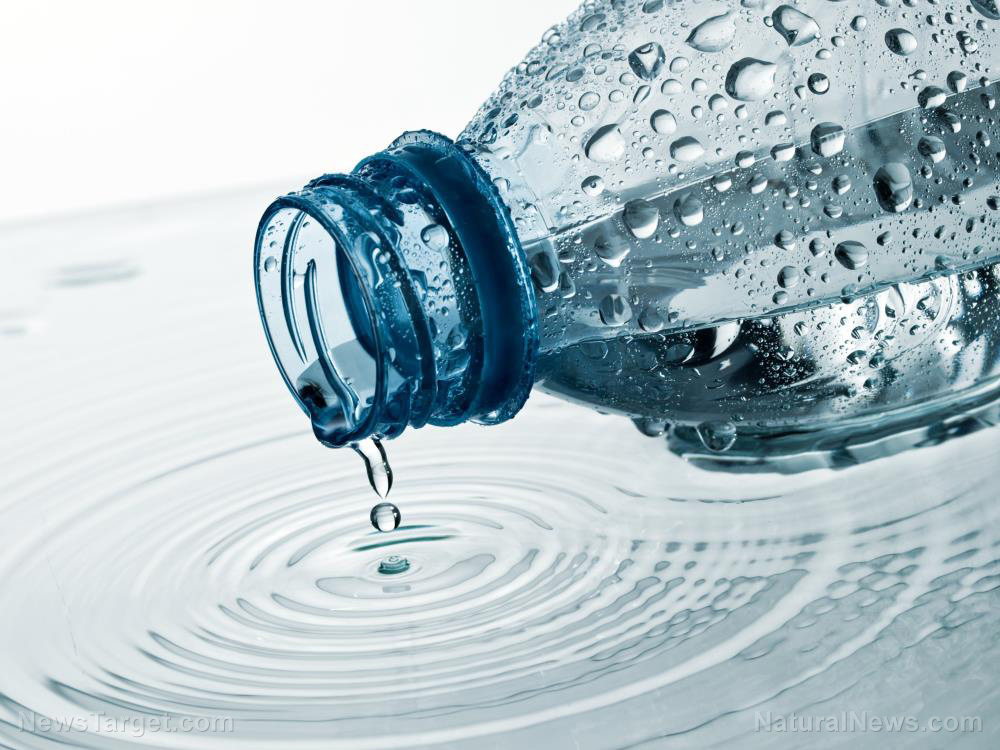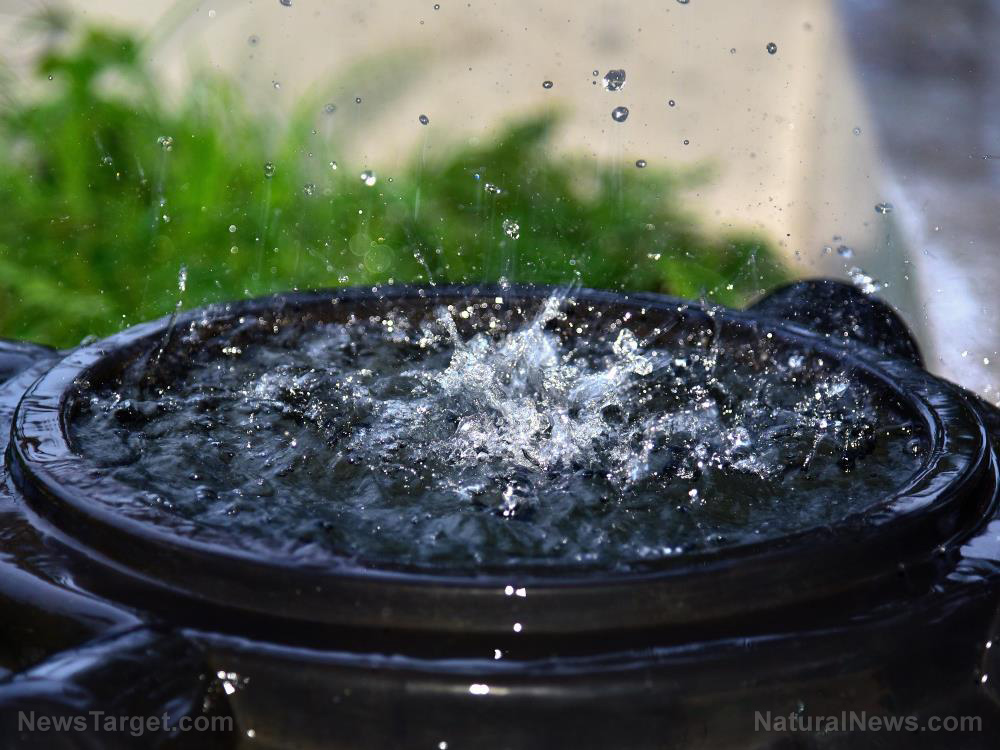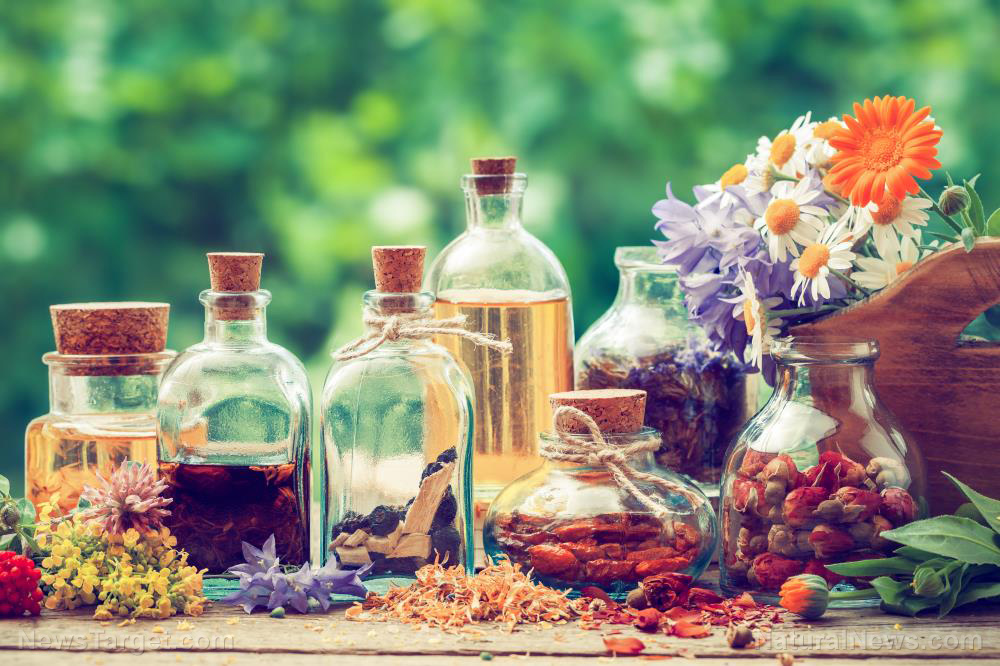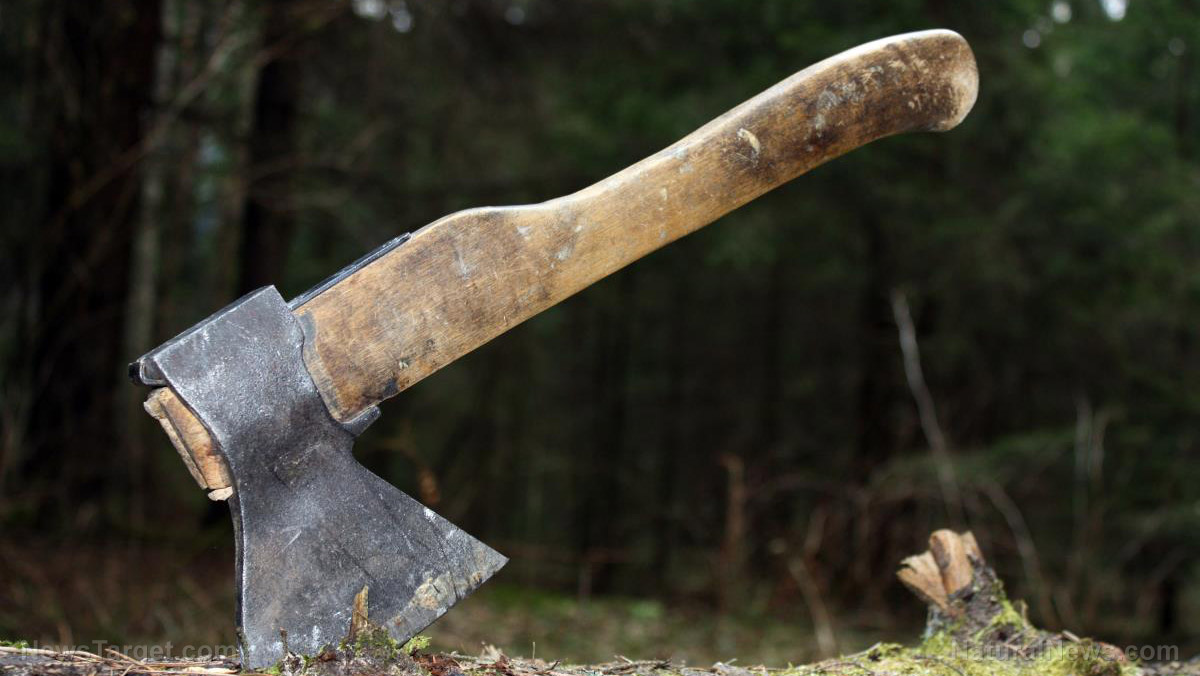The top sources of protein in a survival homestead
12/04/2018 / By Mary Miller
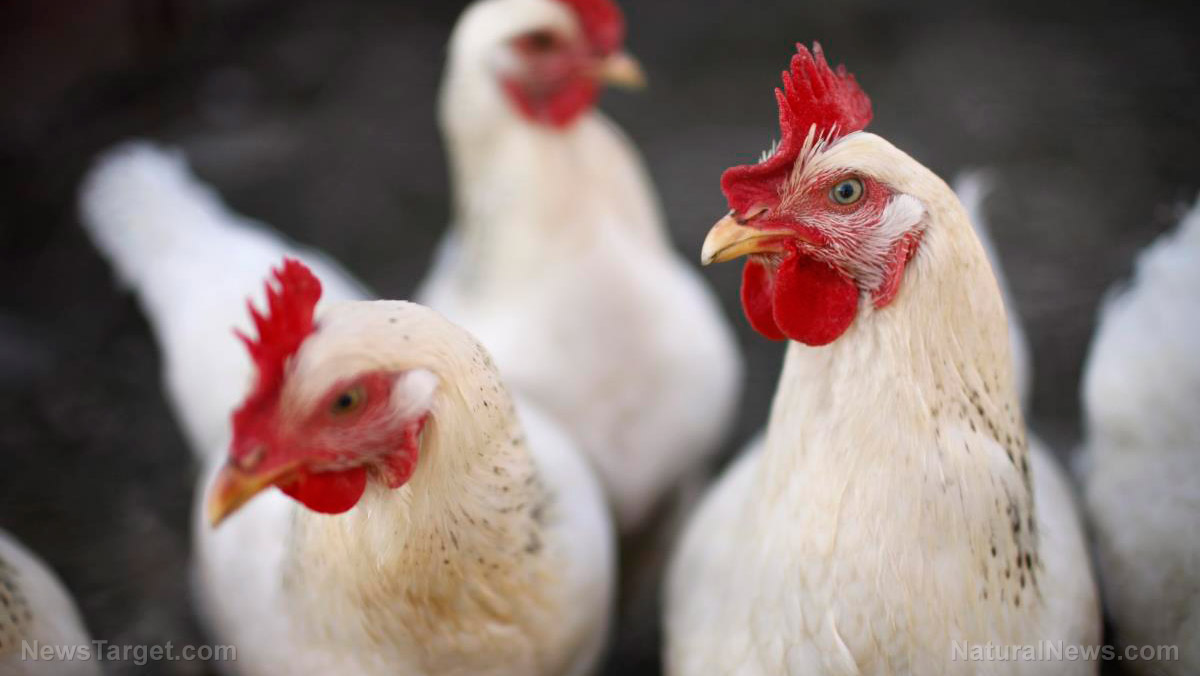
Protein is an essential part of your diet. If you’ve ever considered raising livestock or growing a survival garden in your homestead, you need to consider which plants and animals are excellent sources of protein, while also being worthwhile investments. Homesteading requires a lot of time, money and effort. In order to reap the benefits of your hard work, it is essential to learn which plants and animals you can grow and raise most efficiently. (h/t to SurvivalSullivan.com)
Animal sources of protein
- Poultry. There are plenty of advantages to be gained from raising poultry. Chickens, ducks and turkeys can lay eggs all year round, further supplementing your protein source. They are also relatively inexpensive livestock to buy and keep. For one, chickens require very little space. If they are allowed to free range or are kept in a portable tractor cage, they can subsist on sprouts grown indoors with little need for commercial feed. The downside is that, due to their small size, they will not provide substantial amounts of protein. Ducks will also require continual access to water.
- Rabbits. Like chickens, rabbits also require very little space and can survive on sprouts grown indoors that are delivered to their hutches. They can also be kept in a chicken tractor cage to avoid overgrazing on a single area. As they are considered small livestock, rabbits do not provide much protein per animal, but they can make up for this setback by reproducing extremely quickly.
- Goats. Goats are medium livestock that can provide ample meat and dairy. They can browse for their own food, eating brush, weeds, leaves and undergrowth. This makes them cheaper to feed. Goats can be allowed to roam freely or tied down to a cinder block in different areas of your survival homestead. Pygmy and Nigerian Dwarf goats are small enough breeds to keep in a suburban backyard.
- Hogs. Hogs are large livestock that can provide a lot of protein relative to the cost of their upkeep. They can eat table scraps or almost anything humans can eat. As long as they have humane living conditions, you can keep them confined in a small hog pen. However, it is not recommended to allow them to roam freely as this tends to result in the hogs losing more of their body fat.
Plant-based sources of protein
- Corn. Corn is a quality source of protein that is easy to harvest and store. (Related: The survivor prepper: Choosing the right vegetables to grow when SHTF.)
- Green peas. Peas may be tiny but they actually rank among the highest sources of protein in the vegetable family. They are also excellent sources of iron, magnesium, phosphorus, zinc, copper and multiple B vitamins.
- Beans. There are many kinds of beans that contain high amounts of protein per serving. Some of these varieties include kidney beans, black beans and pinto beans.
- Spinach. Often considered a superfood, spinach is loaded with large amounts of protein, potent antioxidants, vitamins and minerals.
- Broccoli. This cruciferous vegetable can provide a wealth of nutrients including protein, fiber, vitamins, and minerals. A single, medium-sized stalk can contain around 4 g of protein.
- Artichokes. Artichokes are rich in both protein and dietary fiber.
- Brussels sprouts. Just like artichokes, these edible, green gems are loaded with fiber and protein.
- Kale. A single cup of this leafy green vegetable contains 2 g of protein.
- Mushrooms. Maitake and reishi mushrooms are among the best kinds of mushrooms when it comes to adding protein to your diet. You can forage for mushrooms in nearby wooded areas, but make sure you can properly identify the edible mushrooms from the poisonous ones.
If you want to learn more about food self-sufficiency, read FoodFreedom.news.
Sources include:
Tagged Under: animal protein, artichokes, beans, broccoli, Brussels sprouts, bug out, chickens, corn, goats, Green peas, hogs, homesteading, kale, livestock, Mushrooms, nutrients, off grid, plant protein, Poultry, preparedness, prepper, prepping, protein, rabbits, spinach, survival, survival food, survivalist, sustainable living, vegetables

